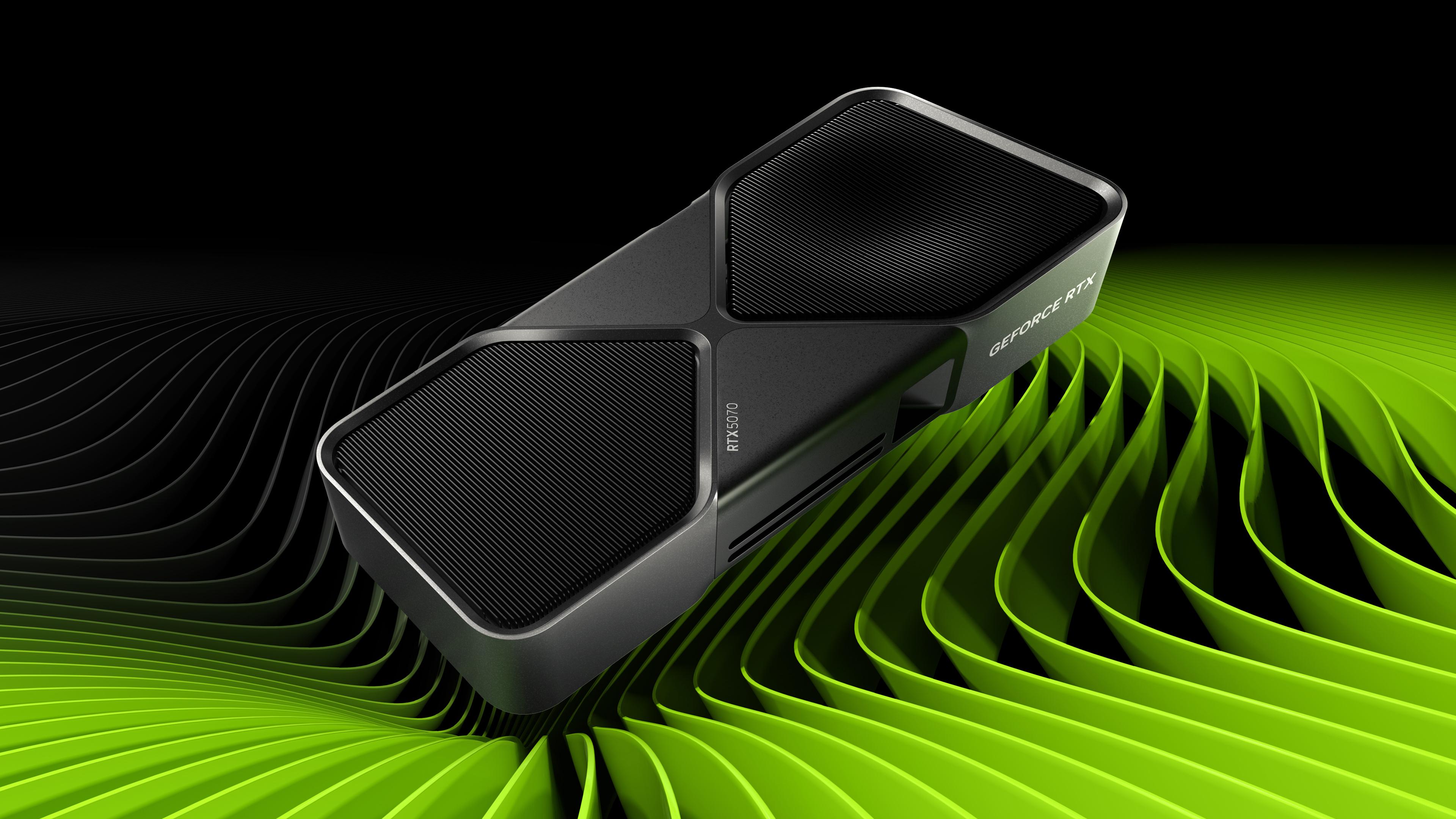NVIDIA's DLSS 4 Multi-Frame Generation: What It Means for RTX 40 Series Users
NVIDIA’s latest DLSS 4 technology introduces Multi-Frame Generation, promising significant performance boosts but currently exclusive to RTX 50 Series GPUs. Could this feature make its way to RTX 40 Series cards? We break down NVIDIA’s statements, past decisions, and what this means for gamers considering their next upgrade.

NVIDIA’s latest advancement, DLSS 4, introduces Multi-Frame Generation (MFG), a cutting-edge feature designed to significantly enhance gaming performance. While this technology is currently exclusive to RTX 50 Series GPUs, the question remains: could it make its way to RTX 40 Series GPUs?
What Makes DLSS 4 Different?
DLSS 4’s Multi-Frame Generation stands out by generating up to three additional frames for every frame traditionally rendered by the GPU. This approach improves frame rates dramatically, promising a smoother experience in demanding games.
For now, this feature is optimized for the hardware capabilities of the RTX 50 Series, but NVIDIA’s future plans could extend its reach.
NVIDIA’s Take on Expanding Support
In a recent interview, Bryan Catanzaro, NVIDIA’s Vice President of Applied Deep Learning Research, addressed the possibility of MFG being adapted for older hardware like the RTX 40 Series. Catanzaro noted:
“I think this is primarily a question of optimization, and also engineering, and then the ultimate user experience. We're launching this frame generation, the best multi-frame generation technology with the 50 series, and we'll see what we're able to squeeze out of older hardware in the future.”
While this comment leaves the door open for broader support, there are no immediate plans or guarantees for its implementation on the RTX 40 Series.
Historically, NVIDIA has reserved its most advanced technologies for newer hardware generations. For example, the original DLSS Frame Generation feature remained exclusive to RTX 40 Series GPUs, despite speculation about its adaptation for older models. If you’re an RTX 40 Series owner, it’s worth keeping expectations in check. While NVIDIA is open to exploring possibilities, the company’s focus on maximizing performance for the latest GPUs suggests that any backward compatibility would involve compromises.
DLSS 4 represents a leap forward for AI-driven gaming performance, but for now, it’s firmly tied to the RTX 50 Series. NVIDIA’s willingness to explore compatibility with older GPUs offers a glimmer of hope, but until concrete announcements are made, gamers should plan their upgrades accordingly.
Leave a comment
Your email address will not be published. Required fields are marked *


